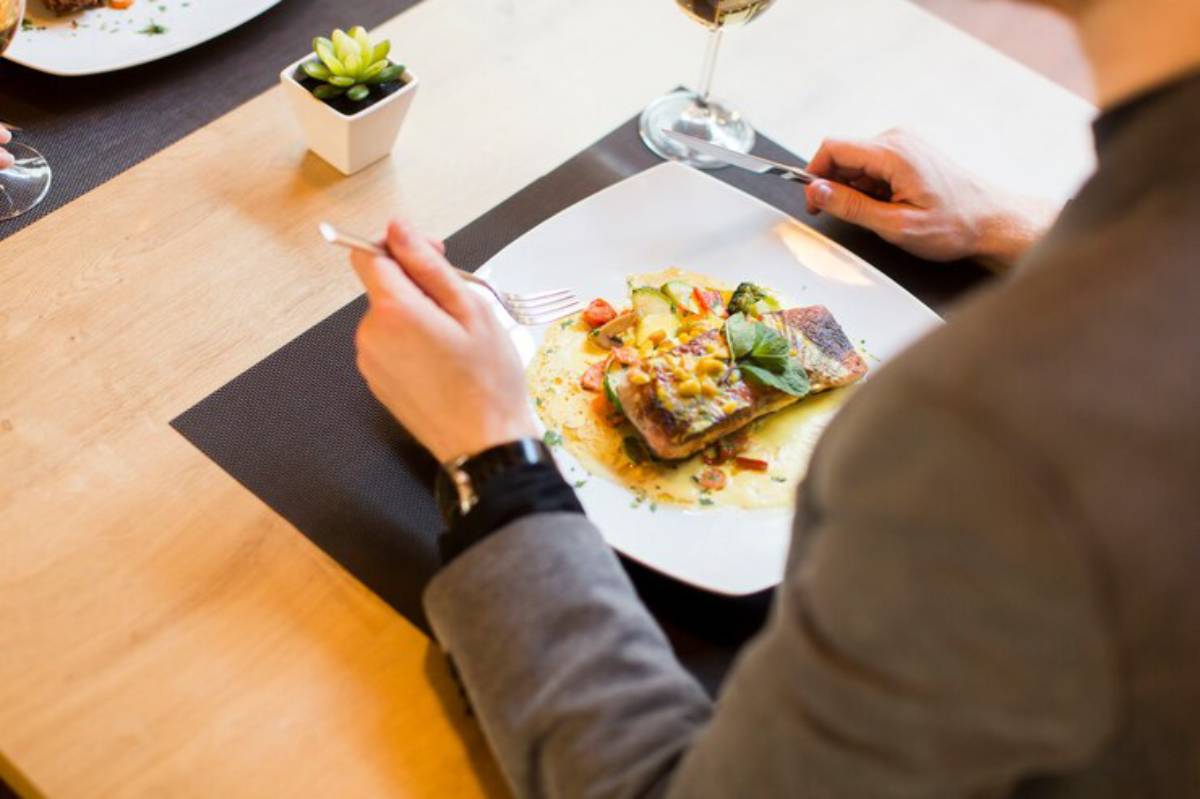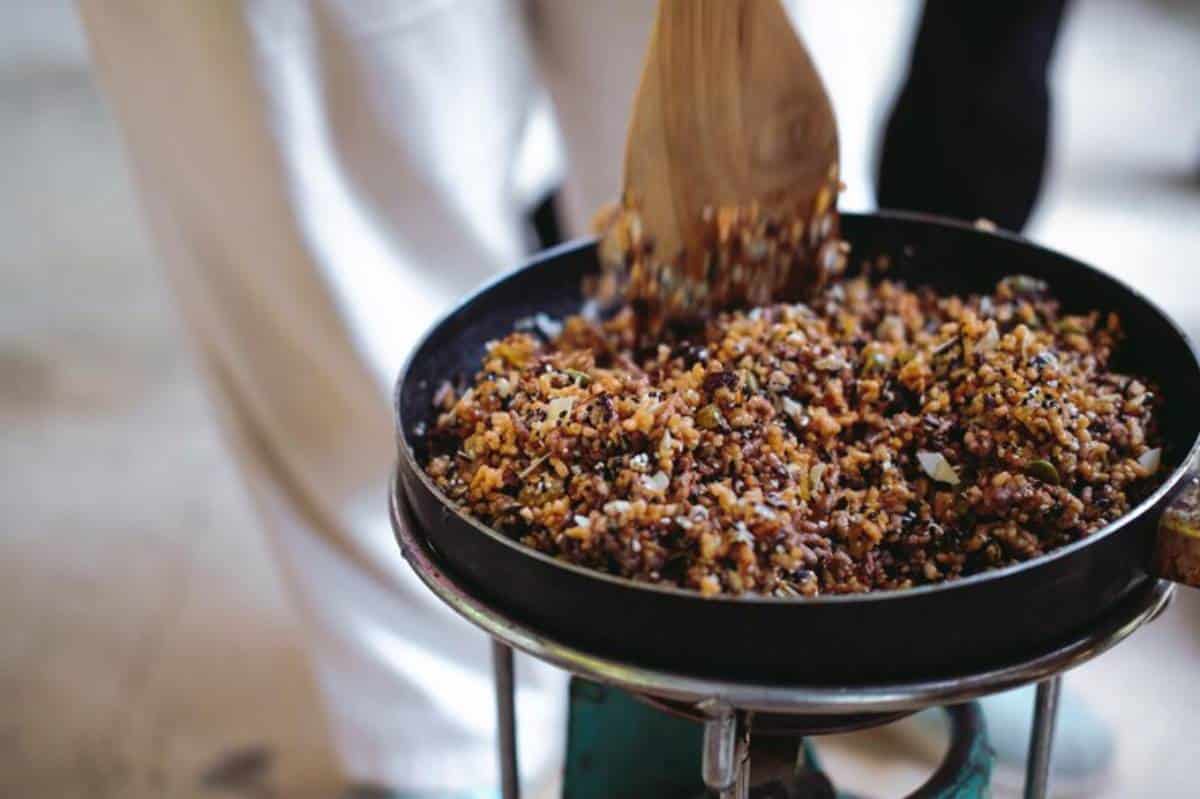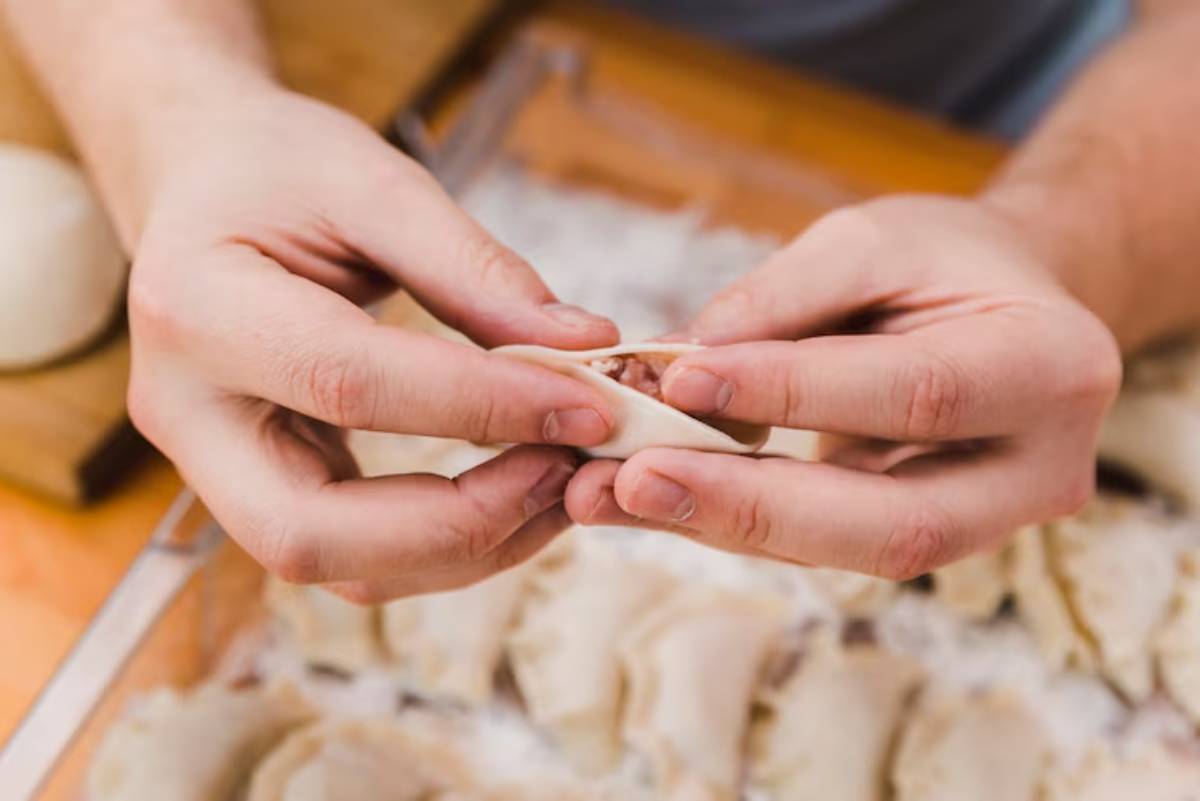
Stuffed Pasta Masterclass: Ravioli & Tortellini
When Pasta Has a Hidden Heart
There’s a special kind of joy in cutting into a piece of pasta and discovering a soft, warm filling waiting inside. Whether it’s the buttery, rich centre of a spinach ricotta raviolo or the delicate pouch of tortellini floating in clear broth, stuffed pasta offers the kind of satisfaction that plain noodles can’t quite match.
But let’s be honest — homemade ravioli and tortellini can feel intimidating. There’s dough to roll, fillings to prepare, and shapes to fold. It’s not the fastest meal to make, but it might be the most rewarding.
This masterclass is designed to walk you through everything you need to know to confidently tackle stuffed pasta recipes at home. We’ll explore the differences between ravioli and tortellini, how to create gourmet fillings, tips for shaping and sealing, and clever pairings that make your pasta feel like a restaurant-worthy dish. Whether you’re after classic flavours or curious to experiment with modern ingredients, this guide gives you the foundation to make each bite count.
What Makes Stuffed Pasta So Special?
Layers of Texture and Surprise
Stuffed pasta is an exercise in contrast: soft filling meets tender pasta shell, often finished with a silky sauce or textured garnish. It’s complex, but comforting.
Where plain pasta serves as a carrier for sauce, filled pasta flips that script. The flavour is inside, and the sauce becomes a supporting character — lighter, more thoughtful, sometimes optional altogether.
A Gourmet Tradition with Endless Variation
From Emilia-Romagna to the kitchen counters of London and New York, stuffed pasta is a staple of elevated home cooking.
It’s also wildly versatile:
- Ravioli: Square or round, traditionally filled with cheese, meat, or vegetables
- Tortellini: Ring-shaped and usually smaller, often served in broth or a light cream sauce
- Agnolotti, cappelletti, mezzalune: Regional variants that add even more shape and flavour nuance
The key across them all? Balance — of filling to dough, flavour to texture, simplicity to depth.
Choosing the Right Dough for Stuffed Pasta
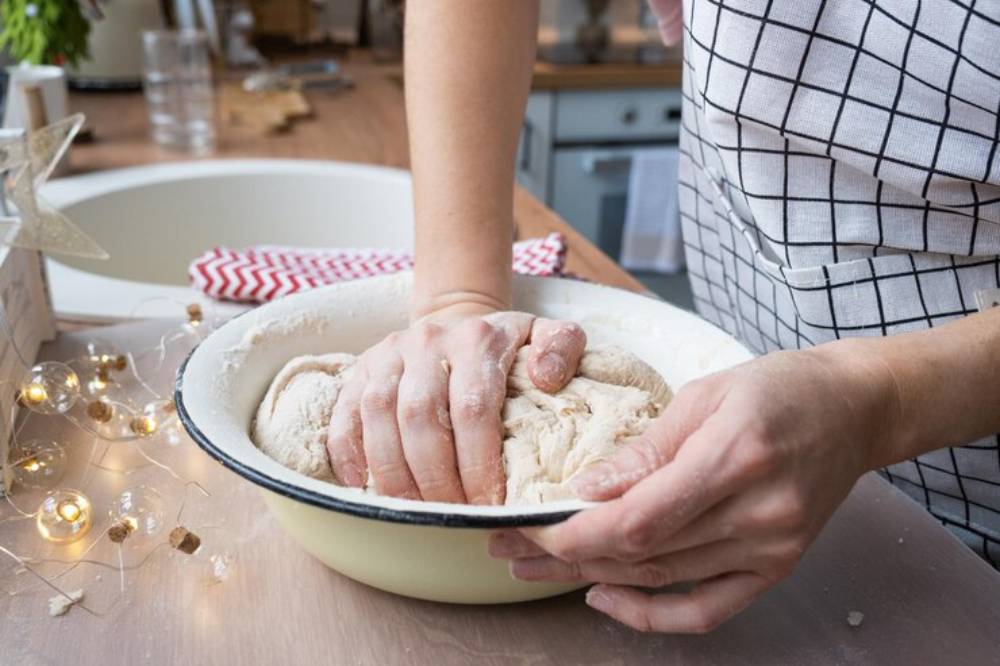
The dough used for stuffed pasta is similar to hand-rolled tagliatelle but slightly thinner and more elastic to avoid tearing during shaping and cooking.
Dough Characteristics to Aim For
- Smooth and supple
- Elastic, but not sticky
- Thin enough to see light through (about 0.5–1 mm)
Traditional fresh egg pasta — using 00 flour and egg yolks — gives the best results. Adding a splash of olive oil can improve pliability and make sealing easier.
If you’ve already learned to make hand-rolled tagliatelle at home, you’ll find stuffed pasta a natural next step. The rolling techniques and dough texture carry over perfectly.
Gourmet Ravioli: Filling, Folding, and Flair
Building a Great Filling
The best fillings strike a balance between richness and freshness, softness and body. You want the filling to stay intact when cooked, not ooze out or become mushy.
Popular gourmet ravioli fillings:
- Ricotta, lemon zest, and pea purée
- Wild mushrooms and mascarpone
- Butternut squash, amaretti, and Parmigiano Reggiano
- Lobster, chive, and lemon butter
- Caramelised onion and goat’s cheese
Tips:
- Drain ricotta or purées to avoid excess moisture.
- Season assertively — salt, pepper, and herbs help avoid bland centres.
- Chill fillings before using for easier shaping.
Cutting and Shaping Ravioli
- Roll pasta sheets evenly thin.
- Place small mounds of filling with enough space between.
- Lightly wet the edges and place another sheet on top.
- Press out air and seal edges firmly before cutting into squares or rounds.
You can use ravioli stamps, pasta wheels, or even a sharp knife to create neat edges. Fluted tools add a classic touch, but rustic ravioli has charm too.
Tortellini: The Crown Jewel of Stuffed Pasta
Tortellini vs Ravioli: Key Differences
- Shape: Ravioli is flat and two-dimensional; tortellini is folded into a three-dimensional ring.
- Filling quantity: Tortellini has less filling per piece but more pieces per portion.
- Serving style: Often served in broth (tortellini en brodo) or with butter and sage.
Tortellini feels daintier and more refined — perfect for a tasting menu or elegant dinner party. The technique is a bit more involved, but once you’ve done a few, it becomes second nature.
Signature Tortellini Fillings
- Pork loin, prosciutto, mortadella, and Parmigiano (Bologna-style)
- Crab and lemon zest
- Duck confit and thyme
- Spinach and smoked ricotta
- Sweet potato and cinnamon
Because each tortellino is a small bite, intense flavours shine.
Techniques for Sealing and Shaping Tortellini
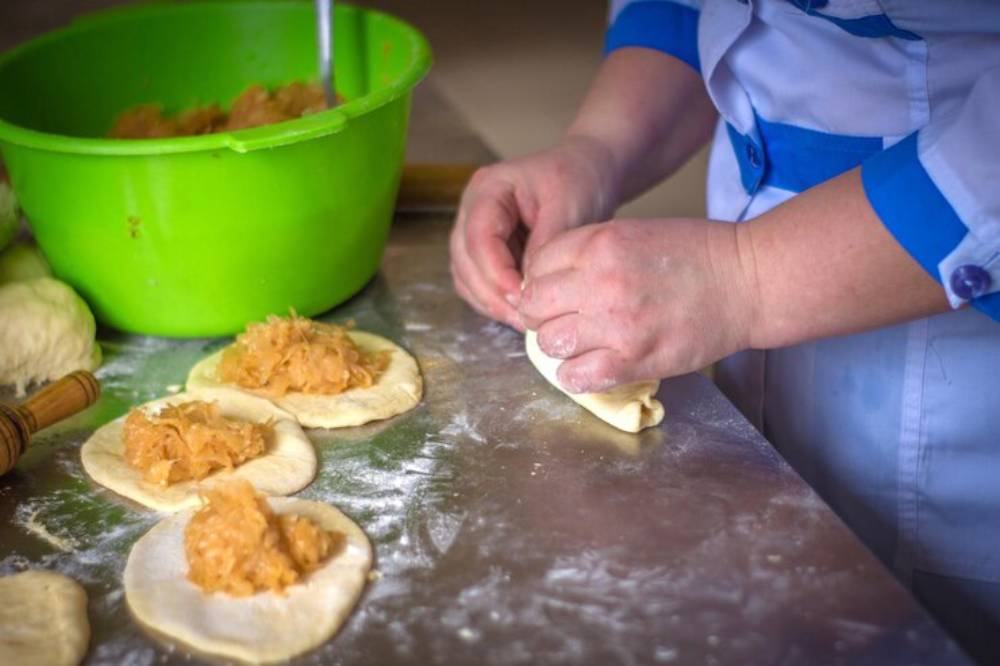
Start with small dough circles (around 3–4cm in diameter). Place a tiny dollop of filling in the centre, fold into a half-moon, seal the edges tightly, then bring the corners together and press to close.
You’ll know you’ve done it right if the result looks like a tiny, folded crown.
To keep consistency:
- Dust your surface with semolina, not flour — it prevents sticking without drying
- Don’t overfill — a small amount of filling goes a long way
- Keep the dough covered while working to avoid drying out
This shape not only looks elegant but also cooks evenly and holds its form beautifully.
Cooking and Serving Stuffed Pasta
Cooking Tips
- Always use a large pot of salted boiling water
- Avoid overcrowding — cook in batches if needed
- Fresh stuffed pasta usually takes 2–4 minutes
- Once they float, give them 30–60 seconds more
Don’t let them sit in the water. Drain gently and sauce immediately.
Sauce Pairings to Complement
You don’t need bold sauces to showcase your pasta. Think balance and texture.
For ravioli:
- Brown butter with sage or thyme
- Light tomato and basil sauce
- Cream and white wine reduction with mushrooms
- Herb oil drizzle with lemon zest
For tortellini:
- Rich chicken broth (classically served this way)
- Butter and black pepper
- Parmesan cream and truffle oil
- Pumpkin velouté or root vegetable purée
Stuffed pasta should never swim in sauce — it should shine through it.
Real-World Inspiration: Pasta That Tells a Story
“I made duck tortellini with fig and sage for a holiday dinner. It took hours, but everyone asked for seconds. It tasted like autumn — rich, warm, memorable.” — Clara, Edinburgh
“We do ravioli night as a couple. One rolls, one fills. Last week we used leftover roasted aubergine and goat’s cheese. It turned leftovers into something fancy.” — Aisha & Tom, Manchester
“My nonna taught me to press the air out with the side of my hand. Her ravioli were always plump but never burst. Now I pass that trick on to my daughter.” — Matteo, London
Stuffed pasta is a labour of love — and a beautiful way to share family traditions or create new ones.
Elevate the Meal: Garnishes and Sides
Don’t stop at pasta and sauce. A thoughtful garnish or side can round out your plate.
Garnishes:
- Shaved Parmigiano or pecorino
- Toasted pine nuts or breadcrumbs
- Microgreens or edible flowers
- Infused oils (e.g. basil, chilli, citrus)
Sides:
- Bitter greens with lemon vinaigrette
- Roasted seasonal vegetables
- Fennel and orange salad
- Simple garlic focaccia
These touches elevate the experience and bring contrast — crunchy to creamy, acidic to rich.
Stuffed Pasta and the Gourmet Mindset

What makes a dish gourmet isn’t just the ingredients — it’s the care, curiosity, and craft that goes into it.
Stuffed pasta invites you to:
- Slow down
- Think about texture and balance
- Experiment with combinations
- Honour ingredients and traditions
Whether you’re using heritage cheeses, homemade ricotta, or seasonal purées, the act of making filled pasta transforms your kitchen into a creative space.
If you’re also building out a well-stocked pantry, consider storing heirloom ingredients like fine semolina, artisanal salts, or preserved lemon to enhance your recipes, as detailed in our guide to finding and storing heirloom pantry items.
Conclusion: Make It, Share It, Remember It
Stuffed pasta is more than a recipe — it’s an experience. From the first batch of dough to the final drizzle of butter, each moment is an invitation to connect: to culture, to flavour, to others around your table.
Whether you’re folding tortellini in quiet focus or laughing over imperfect ravioli seals, the result is always worth it. And the best part? You can taste the care in every bite.
So go ahead. Dust your counter, crack those eggs, and fill your pasta with something bold. Your next gourmet moment starts with your hands.

